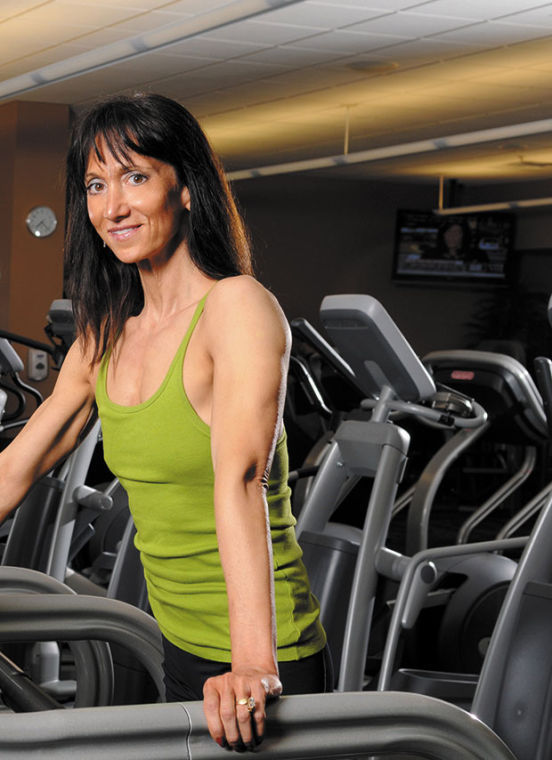Bottoms are the key to being a top runner
Published September 28, 2015
Now that the heat of summer is behind us, many outdoor athletic aficionados happily return to pounding the pavement. Running seems to rise in popularity during these delightful days of autumn, when the air is still warm yet accompanied by a cool breeze. Many opportunities exist for participation in 5K or 10K charity runs throughout the city, and an increasing number of participants of all ages can be found at the starting lines.
Runners tend to focus on a specific cluster of details when preparing for a 5K or 10K race, or even a half-marathon. Proper footwear is always a key concern, as is the choice of comfortable, “breathable” fabric for running pants/shorts/shirts. Hydration and pre-run/post-run nutrition also must be strictly adhered to in order to guarantee one’s ability to actually run across the finish line and not hobble!
However, as important as these considerations may be, proper training at the gym might prove to be just as valuable come race day. When considering where the body’s mechanical energy comes from during each stride, there is no denying that the gluteal muscles play a starring role. Strong gluteus muscles help to propel the legs during a run, and conditioning them properly will prove exceedingly important regardless of the length of the event.
During a run, it is the glutes that hold the pelvis steady, extend the hip, aid in forward propulsion, and keep the legs, pelvis, and torso properly aligned. It stands to reason that when glutes are ill prepared for the task at hand, the body’s entire kinetic chain gets disrupted. Studies have demonstrated that glute weakness can make a runner more susceptible to Achilles tendinitis, shin splints, runner’s knee, and iliotibial-band syndrome. Even a strong core, including abdominals and back muscles, cannot compensate for a weak bottom.
The good news is that with the proper exercises, that backside can propel you to the front of the pack, becoming your best ally in your next running event. Side-lying leg lifts recruit gluteal muscles in a powerful manner, as do single-leg squats and lunges. When working these muscles, try performing 2-3 sets of 12-15 repetitions for each of these exercises. Not only will your stride become more effective, you may actually reduce the risk of running-related injuries.
Once you have achieved a sense of mastery over these exercises, here is one more to add: Lie face up, crossing your left ankle over your lower right thigh. Fold your hands on your chest. Contract the right buttock and lift hips until your body forms a straight line from the right knee to the neck. Focus on not allowing the hamstrings to assist in the action. Relax the muscle, and continue in this same manner for a total of 10 repetitions. Repeat entire set on the left buttock.
If you are a novice runner, close attention to details now will help not only your training process but will improve your overall performance as you continue in the sport. If you are a seasoned champ, incorporate these exercises regularly to maintain your glute strength. Now, start humming the theme song from “Chariots of Fire” and get going!















